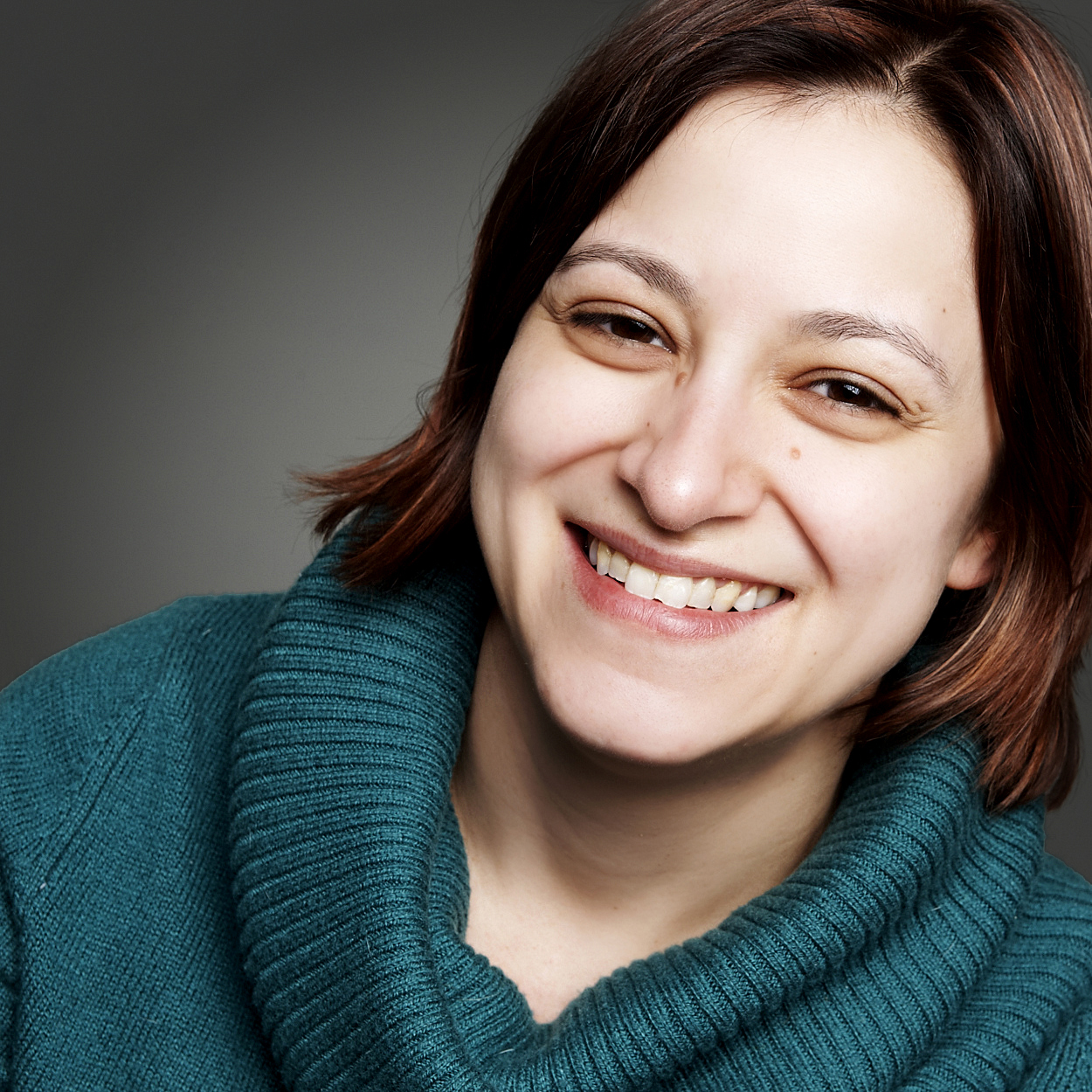Having had the privilege to teach in several Minnesota schools and work with many educators, I’m concerned by the glaring diversity mismatch I see between our students and teachers. But I’m also hopeful that we can make three changes—starting as soon as the 2015 legislative session—to significantly increase teacher diversity across the state.
First, the facts: In 2014, 29 percent of K-12 students are students of color. In some districts, that percentage is much larger: nearly 70 percent in Minneapolis and 77 percent in St. Paul. However, diversity within the teaching force is a fragment of that, with only 4 percent of Minnesota teachers being Asian, Black, Latino or Native American.
I don’t question the fitness of white teachers to instruct students from different racial backgrounds. That would be just as preposterous as saying that Latino educators should only teach Latino students (not to mention discounting the array of cultures encompassed by the label “Latino”!).
But I do believe that every student has the right to see similar faces in their schools, not just learning next to them, or serving their lunch, or cleaning their hallways, or translating conferences or even sitting in the principal’s office. They need to see those faces demonstrating math problems, conducting the band, modeling dissections and moderating discussions.
We can’t increase teacher diversity overnight, nor through a one-size fits all solution. But we can support three initiatives now to provide relief to the diversity gap between our teachers and students.
1. For starters, we must simplify the process for teachers from other states to gain licensure in Minnesota. When I left Texas to teach in New York, I had to complete numerous requirements to obtain a full teaching license. However, by filling out a few forms and submitting some records, I could begin teaching under a provisional license while working on the other requirements, which were clear and fair. I worry that the process in Minnesota is not as straightforward, and discounts years of teaching experience from other states, forcing experienced educators to substitute teach, work as paraprofessionals or leave the classroom entirely. If teachers of color make up 18 percent of the national force, it stands to reason that welcoming out-of-state teachers to Minnesota will help increase our teacher diversity.
2. Another strategy is for teacher preparation programs to create pathways to alternative licensure. This would allow more people who are interested in education—who perhaps can’t afford to return to school or devote a semester to full-time unpaid work while student teaching—the opportunity to bring their diverse and desperately needed perspectives to Minnesota classrooms. In my second year of teaching, I spent hours observing an alternatively-certified math teacher and she is still among the best teachers I have ever seen.
3. Finally, we should strengthen pipelines for students from under-represented populations to enter teaching. Programs like Illinois’ Grow Your Own Teachers initiative recruit students who are passionate about bettering their communities, and encourage them to teach in their schools as a critical way to do just that. Such programs are not a quick fix, but promise to create long-term, sustainable change that struggling schools desperately need. They also help create a sense of collective ownership and belonging for all students, an important step to creating educational equity.
The diversity gap between Minnesota teachers and students is stark, but it’s not insurmountable. With these three steps, and an ongoing commitment to recruiting and supporting diverse educators, we can ensure that all Minnesota students see faces similar to their own leading their classrooms. Such a shift, I believe, would help students and families see themselves as true participants in our public education system—a critical step to strengthening that system for all.
Leah Delia Larson is a library media specialist at the Perpich Arts High School in Golden Valley and Crosswinds Arts and Science School in Woodbury. She started her career in education in 2001, and has taught everything from middle school ESL and special education in Texas to elementary school in Brooklyn. After teaching for several years, she moved back home to Minnesota to complete a degree in school library media, and went on to work for six wonderful years at Richfield Middle School before transitioning to her current roles. Leah is passionate about many things, particularly literacy, culturally competent curriculum and teaching, equity teacher training, increasing Latino student achievement and family engagement, bilingualism and social and emotional health.
The MinnCAN blogging fellowship allows Minnesota teachers, administrators and parents to share their thoughts on key education issues. MinnCAN supports fellows seeking to advance the conversation around public education, though fellows' views and opinions are solely their own.
